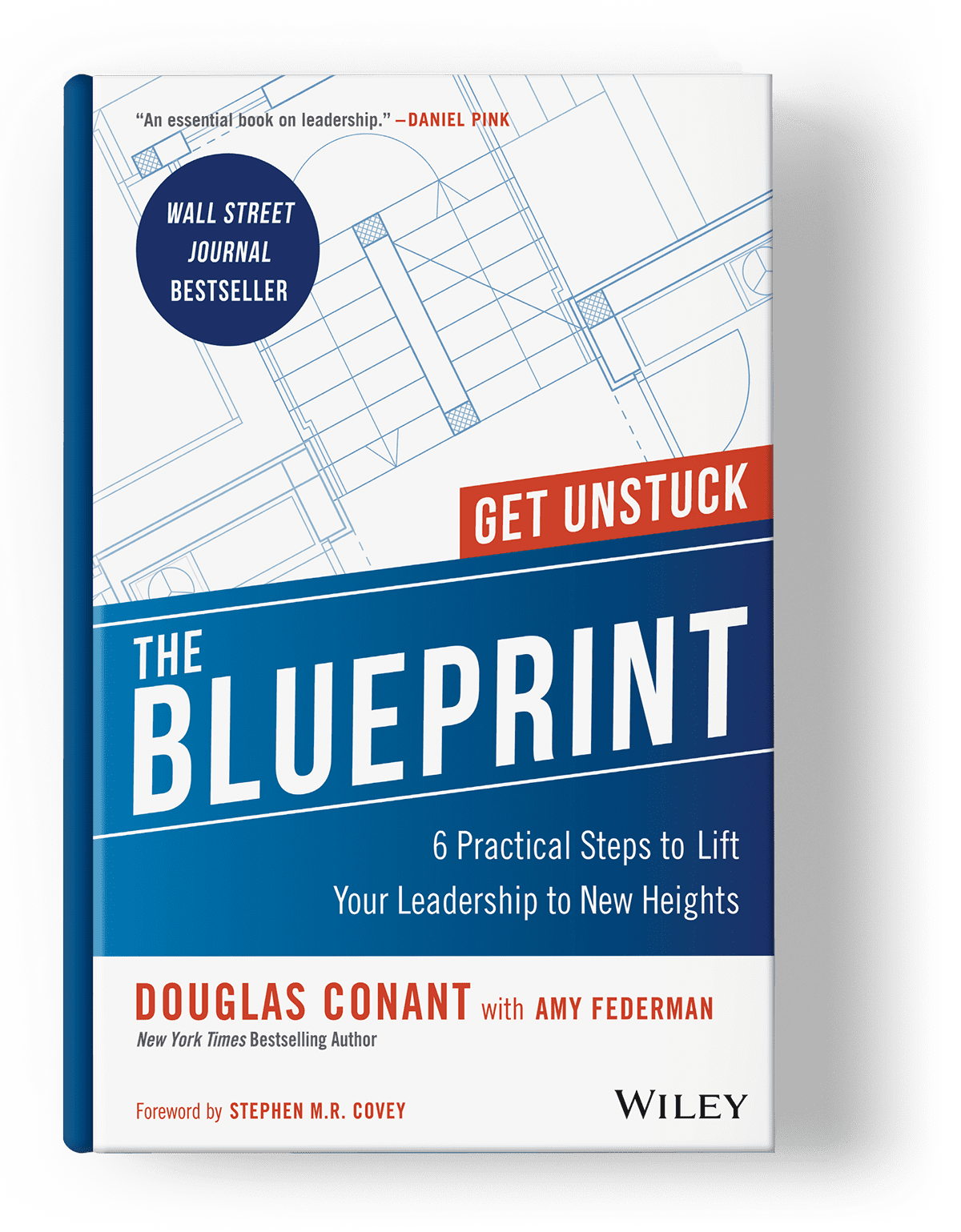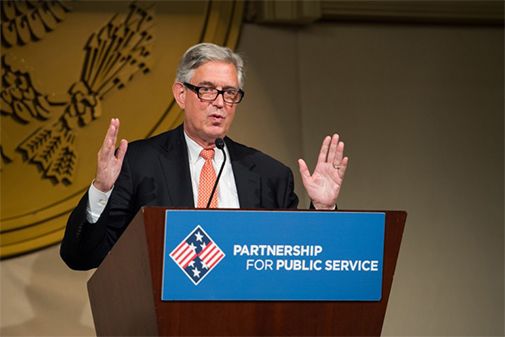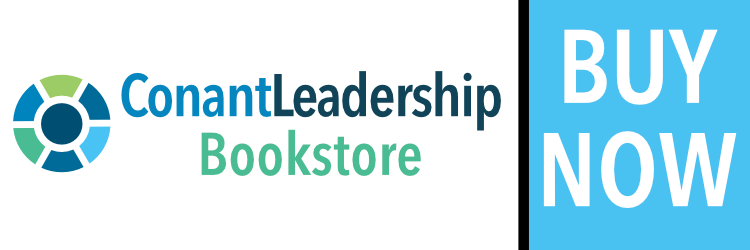Today we dispatched the February edition of our Leadership That Works Newsletter, a curated digest of the best leadership links from around the web, sent at the end of each month. Topics covered in this month’s best leadership links to read right now include: ‘Sleep leadership,’ ‘behavioral activation,’ ‘self-compassion,’ and more. As always, we’re sharing the content from our newsletter here in case you’re not subscribed to our mailing list. If you find these links enriching, you can sign up to receive our newsletter right here.
What started two years ago as a flurry of breathless predictions about the future of work has since been cemented as a here-and-now reality: The “office” as we once knew it is never coming “all the way back,” says
this The Atlantic piece on the implications of the world’s new approach to “white collar” work. Experts cited in the article say 95% of companies are going hybrid—meaning employees will come to the office only some of the time—and the other 5% are going fully remote. Overall, the number of in-person days “is never going back to pre-pandemic average, ever.” The dramatic shift away from daily commutes and brick-and-mortar workplaces begs the question: Is the five-day workweek a thing of the past? Read the full story
here.
If you’re finding your goals too daunting or nebulous,
this smart Harvard Business Review post advises that you might want to re-frame your intentions with self-compassion, rather than rigid adherence, in mind. Adopting a more compassionate tone helps you “normalize any negative feelings,” and acknowledges that “discomfort is a natural part of the human experience.” Allowing “room for human fallibility and frailty” also helps you release perfectionism, which can paralyze people with its all-or-nothing thinking (e.g., the false idea that you must do things perfectly or not do them at all). And self-compassion heightens resilience, enabling you to bounce back from setbacks “instead of getting stuck in endless rumination about what went wrong.” Get the full story on using self-compassion to meet your goals
here.
**For more on getting unstuck, explore the incremental Blueprint process, a 6-step approach for reaching your leadership goals with “Forget Perfection” as its central rallying cry.
In
this McKinsey interview with award-winning inclusion strategist, Ruchika Tulshyan, Tulshyan explains why the term, “culture fit,” a commonplace expression in today’s corporate lexicon, is actually coded bias: “What it means to be a ‘culture fit’ is to find someone who is exactly like” the pre-existing makeup of a company or team. So if your team is largely made up of white people or men, “culture fit,” even at a subconscious level, means finding more of the same; hiring for “culture fit” is not an inclusive paradigm. Instead, Tulshyan says, “It’s much more important to hire for ‘culture add’ and focus on ‘what do we lack today on the team?'” Then, name specifically what measures of difference you want to focus on, rather than lumping everybody into the dehumanizing catch-all of “diversity.” Get the full story
here.
Last year, the term ‘languishing’ became a popular way to describe a universal, pandemic-induced malaise of stagnation and lack of motivation. Now, as people are ready to move beyond inertia, some are finding it hard to get started. Enter “behavioral activation,” described in
this New York Times essay, as “the idea that action can
create motivation, especially when you’re in a rut.” Not to be confused with faking it ’til you make it, or “trying to think positive thoughts,” behavioral activation acknowledges the apathy or resistance you’re experiencing around important tasks and invites you to take those negative feelings “along for the ride,” rather than dwelling on them. Even if you don’t feel like it, just get started on one thing that matters to you. The initial “oomph” from taking action, even in a small way, creates “self-reinforcing” energy that helps you continue to overcome stasis. Get the full story
here.
The days of tech-bros bragging about all-nighters and sleep-deprivation are out, and the trend of prioritizing employee wellness and work-life balance are in, says this interesting BBC Worklife post on “sleep leadership.” As many leaders are working to prioritize flexible working policies and increased paid leave as paths to mental wellness, some CEOs are adding a focus on “modelling and encouraging good sleep behavior” as an important piece of the puzzle. It starts with acknowledging the “reciprocal relationship” between sleep and work: “Lousy sleep translates to lousy work,” and work stress leads to sleepless nights; they’re in a feedback loop with each other. Leaders can remove some of the stress by talking about sleep, making it clear they don’t want people working late into the evenings, and making discussions around sleep deprivation less taboo. Get the whole story here.
**For more on a people-first approach to leadership that centers employee wellness, read our tips for building trust post-pandemic from top leadership experts.
The “no regrets” ethos of the past few decades is not serving us well, says Daniel Pink in
this Atlassian interview about his new book,
The Power of Regret. Pink shares findings from his multi-year study on the science of regret, including the insight that regrets can be an impetus for positive change: When properly reckoned with, regrets “can point the way forward.” To explore the lessons from your own past, it helps to understand where to start, and the research shows that “people tend to regret inactions more than actions, especially over the long term.” Reflecting on what you didn’t do, but wish you had, can help you plot a course of action in the future. Get the full story on the power of regret
here.
Today’s employees are experiencing “alarmingly high levels of stress, worry and burnout, along with a record-high quit rate,” reports this Gallup article on how to communicate to a beleaguered work force. While trying to lead through change, an added burden can be communicating with constituents who are worn-out and have “limited capacity to absorb new information,” let alone “adapt to it or drive it with their teams.” One solution is to “curate communication into short, tactical ‘chunks.'” Parceling information in “easy-to-understand portions helps employees process information, increases their ability to actualize change, and improves their overall morale.” So, rather than overwhelming people with a tsunami of change initiatives all at once, it’s more effective to take an incremental approach. Get the full story here.
By now, you’ve likely heard about the “Great Resignation,” a term describing the unprecedented spike in people leaving their jobs last year. Many quitters didn’t leave the job market entirely, but reshuffled to new companies that better met their lifestyle needs or offered work that they found more interesting. If you’re thinking of joining the mass exodus from your current job, this Fast Company piece has some things to consider before you take the leap. Because “switching jobs is stressful and a great deal of work,” you might try meeting your needs at your current company. The desire for increased flexibility in where and when we work is at the top of the wish-list for knowledge workers, but before you seek it elsewhere, you may be able to create flexibility in your current role: “Employees should consider pursuing ‘idiosyncratic deals,'” which are “customized employee-employer arrangements” that meet both parties’ needs. Because “one-size-fits-all work design is a relic of the past,” employees should be “proactive, detailing their preferences and being willing to negotiate” arrangements that could make staying more attractive than leaving. Get the full story here.
Insights & Resources from ConantLeadership
At our most recent BLUEPRINT Leadership Summit, Doug Conant was joined in conversation by Hubert Joly, former chairman and CEO of Best Buy, and author of the recent WSJ bestseller, The Heart of Business. Read their smart tips for leading with purpose and engaging employees in t his new blog post.
|
At our most recent BLUEPRINT Leadership Summit, Amy Edmondson, the scholar who coined the term “psychological safety,” joined Doug Conant in conversation, and you can read a summary of their tips and advice for creating psychologically safe workplaces in
this blog post.
Registration is now open for the next BLUEPRINT Leadership Summit
APRIL 4th-8th
Hosted by Doug Conant and featuring top leadership luminaries Brené Brown, Susan Cain, Steve Collis, Liz Wiseman, and more.
As part of our commitment to leaders, this landmark summit is 100% virtual and FREE to all.
 About the Author: Amy Federman is ConantLeadership’s Director of Content and Editor in Chief, and co-author with Doug Conant of the WSJ bestseller, The Blueprint.
About the Author: Amy Federman is ConantLeadership’s Director of Content and Editor in Chief, and co-author with Doug Conant of the WSJ bestseller, The Blueprint.







0 Comments